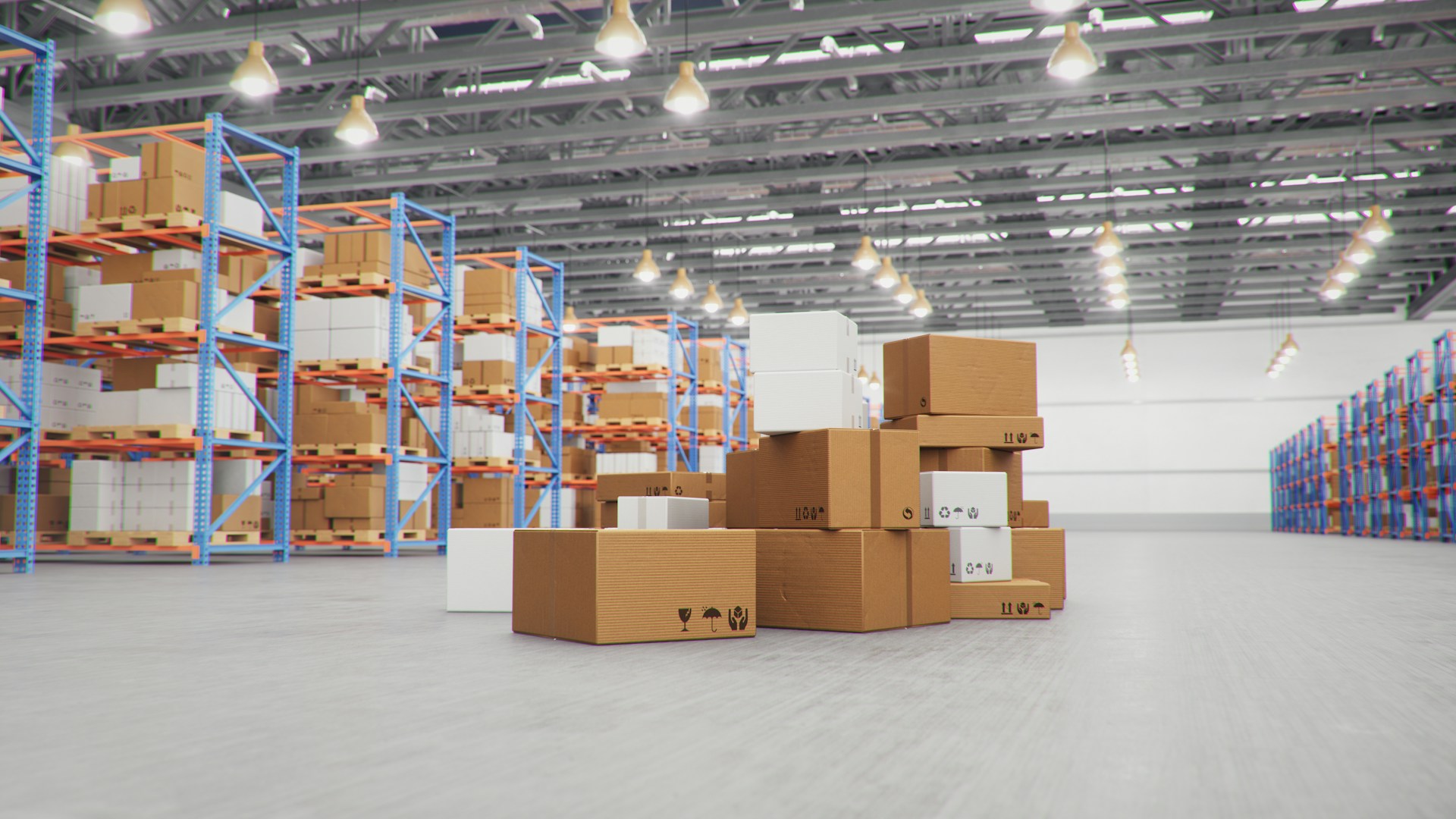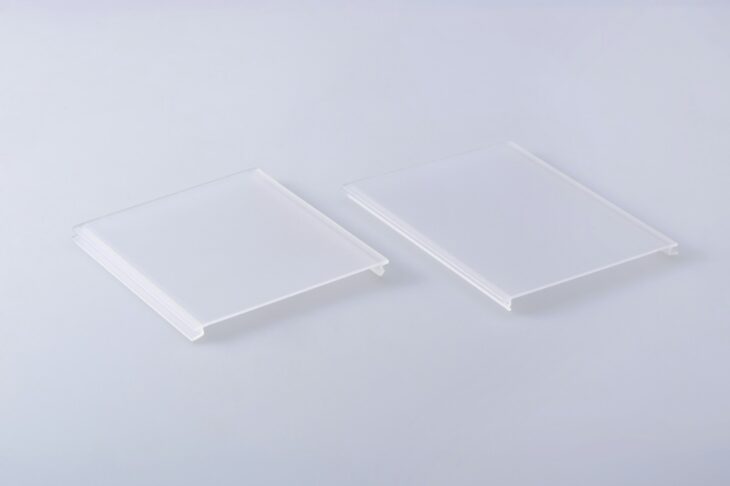
Built to Fit: Why Custom Pallets Make Shipping Easier
Moving goods looks simple from the outside. Put boxes on a pallet. Wrap the load. Lift with a forklift. Done. But anyone who has seen a wobbly stack knows it is not that easy. A box hangs over the edge. A strap digs into a weak point. The driver brakes, the load shifts, and the day gets longer. That is where custom pallets help. They turn a shaky stack into something steady and safe.
What a custom pallet is
A custom pallet is a base built to match the load, not the other way around. Standard pallets come in fixed sizes. They work for a lot of things, but not for every job. If a crate is long, heavy, round, or has feet in odd spots, the usual size will not support it well.
A made-to-fit pallet can be wider, longer, or stronger where it needs to be. It can have blocks or runners placed under the weight points. It can give forklifts clean access from two or four sides. The goal is simple: the load sits flat, stays balanced, and moves without drama.
The power of the perfect fit
Fit matters more than many people think. When a box hangs off the edge, the edge gets hit first. Wrapping has to work harder. Straps pull down at sharp angles and can crush corners. Space on the truck is wasted because stacks cannot sit tight together.
A custom base fixes that. Deck boards can be spaced so the bottom of the item rests where it should. Runners can line up under heavy parts, such as a motor or a stone slab. If the load is long, the pallet can be long too, so nothing sticks out. If the load is tall, the pallet can sit a bit lower, dropping the overall height and making it fit through doors and under beams. All these small changes add up to fewer breaks and fewer slowdowns.
Finding help close to home
Working with a local maker can save time and cut stress. A short chat, a quick sketch with sizes, and a test build is often all it takes to get moving. For anyone in Victoria, Custom Pallets in Melbourne is a practical starting point for designs that match odd loads and tight schedules. The point is not a fancy add-on. It is a simple way to get a pallet that actually fits the job.
Less damage, less drama
Damage costs more than the broken item. It also costs packing time, call-backs, and sometimes a lost customer. Most cracks and dents on the road start with movement. When a load moves, it rubs, tips, or bangs. A snug pallet reduces that movement from the start.
Take glass panels. They need support along the edges and a solid base, or they flex and chip. With a custom pallet, braces can hold the panels in place. Foam pads can sit where the edges meet the wood. Forklift pockets can be set to lift from the strong side so the base does not bend.
Another example is a heavy pump. Its feet are small and carry a lot of weight. Blocks under those feet spread the load across the pallet. The pump stays level, so seals and lines do not strain during transit.
Faster days in the warehouse
Time in a warehouse moves in small steps: scanning, wrapping, strapping, and loading. If a pallet fits well, each step gets quicker. Fork tines slide in straight. The wrap goes on in fewer rounds because the sides are even. Straps hook to the right spots without extra edge guards. Drivers do not need to shuffle loads around the truck to make space.
There is also less rework. When a standard pallet is too small, teams try to fix it with extra wrap, more straps, or random timber offcuts. That may hold for a while but it slows everything down and still fails at times. A proper base removes those “make-do” fixes so shifts run smoother.
Smart choices in wood and build
Custom does not mean complicated. It means choosing a few details that matter. The main ones are wood type, board thickness, and runner layout.
Softwood is common, strong for its weight, and good value. Hardwood is tougher and can carry more, but it is heavier and can cost more. Board thickness sets how much the deck can flex. Thicker boards bend less under point loads. Runner layout decides how the weight spreads. Two-way entry works for simple lifts from front and back. Four-way entry gives more options in tight aisles.
Fasteners matter too. Ring-shank nails hold better when trucks vibrate. Screws can be useful on parts that may need to come off for repair. None of this is fancy. It is just about matching the build to the job so nothing fails when the day gets busy.
How a custom pallet comes to life
The process is straight. Measure the load. Note where the heavy parts sit. Add the total weight plus a safety margin. Decide how forklifts will pick it up and how often. Sketch the base with the right length, width, and runner positions. Choose board spacing so the load has support without extra weight. Pick nail type and count. Then build one sample and test it.
Testing does not require a lab. Set the item on the pallet and lift it slowly. Watch for flex in the middle. Look at the board edges for crush marks. Drive over a small bump to see if the load stays steady. If anything shifts or creaks, adjust the runners or add bracing. A couple of small changes often lock in the design.
Once it works, make a simple spec sheet. Keep the key sizes, timber type, and rated weight on one page. Add a quick photo. With that in hand, the same pallet can be made again without new drawings each time.
Rules for transport and safety
Moving goods across borders can involve rules on timber. Many routes ask for heat-treated wood so insects do not travel with the freight. This is usually shown with a stamp. Ask for stamped timber if the load will ship overseas.
Even for local jobs, safety still comes first. No sharp nails sticking out. No split boards on the top deck. Clear gaps for forklift tines. Loads strapped so the center of gravity sits low and inside the pallet edges.
Weight ratings also matter. A pallet that holds 800 kilograms on a flat floor may not handle the same weight when racked, where the middle hangs between beams. If the plan is to rack the load, the design needs extra support. Tell the maker how the pallet will be stored, not just how it will be shipped. That one detail blocks many accidents.
When custom beats standard
Standard pallets are great for regular cartons in common sizes. Use them when the load fits and the weight is even. Switch to a custom base when edges overhang, when parts poke through the bottom, when the weight sits on a few small points, or when forklifts need a special way to pick up.
Custom also helps in tight spaces. A pallet that is a touch shorter can clear a door or fit a lift. Saving a few centimeters can open a route that would be blocked by a standard size.
There is also a money angle that is easy to miss. A well-built pallet can be repaired and used many times. Blocks and boards can be swapped out. That keeps costs down over the year. It also cuts waste, since fewer pallets end up in the bin. Good design and good care are a strong pair.
A quick example that tells the story
Picture a long metal sign, two and a half meters wide, thin but heavy on the ends. On a standard pallet, the middle would sag and the ends might jut out. Wrap would cling to empty air, doing little to stop sway. On a custom base, runners would sit under the heavy ends. A cross-brace would hold the center straight.
Forklift pockets would be on the strong side. The sign would ride steady, straps would pull to solid points, and the team would not need a mountain of packing to keep it still. The truck would leave on time, and the unload would be calm.
Small steps that make shipping easier
Clear labels save time on the dock. Mark “fork here” near the best pick-up points. Add “top load only” where needed. Keep a simple checklist on the wall near the wrap station: right pallet type, weight within limit, straps tight, corners guarded, label on two sides. A checklist takes seconds and prevents most small errors that turn into big delays.
Training helps too. Show new drivers how to check for loose boards and how to place tines without splitting a runner. Teach spotters to look for overhangs and leaning stacks. These habits keep loads safe and extend pallet life.
Key takeaways
Custom pallets are about fit, not flair. They hold odd loads steady, reduce damage, and speed up each step from packing to unloading. The right size and layout mean less overhang, cleaner strapping, and safer forklift moves. Good wood and smart runner placement spread weight where it needs to go. A short test before a big run avoids surprises.
Ask for heat-treated timber when crossing borders. Keep a one-page spec so the same design can be made again without fuss. With these basics in place, shipping gets calmer, faster, and cheaper—and the team gets to spend time on real work instead of fixing wobbly stacks.

